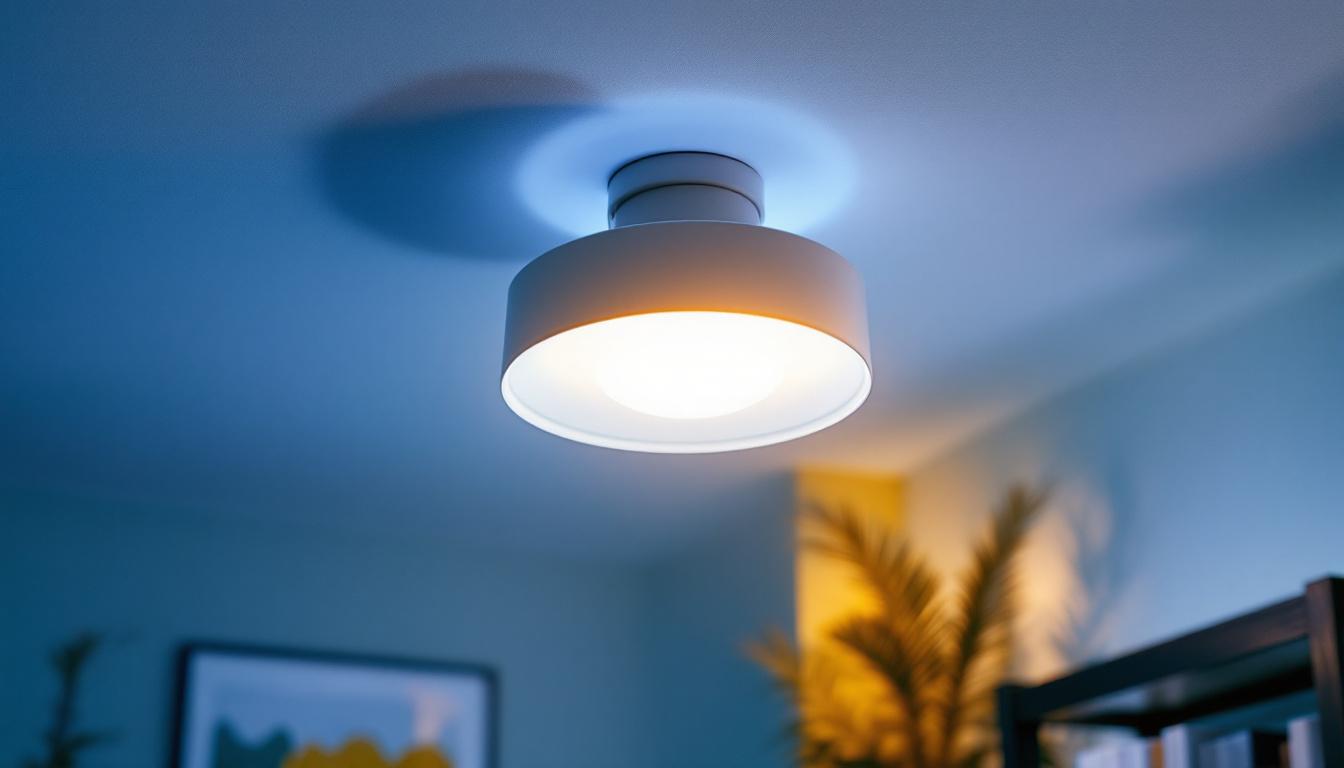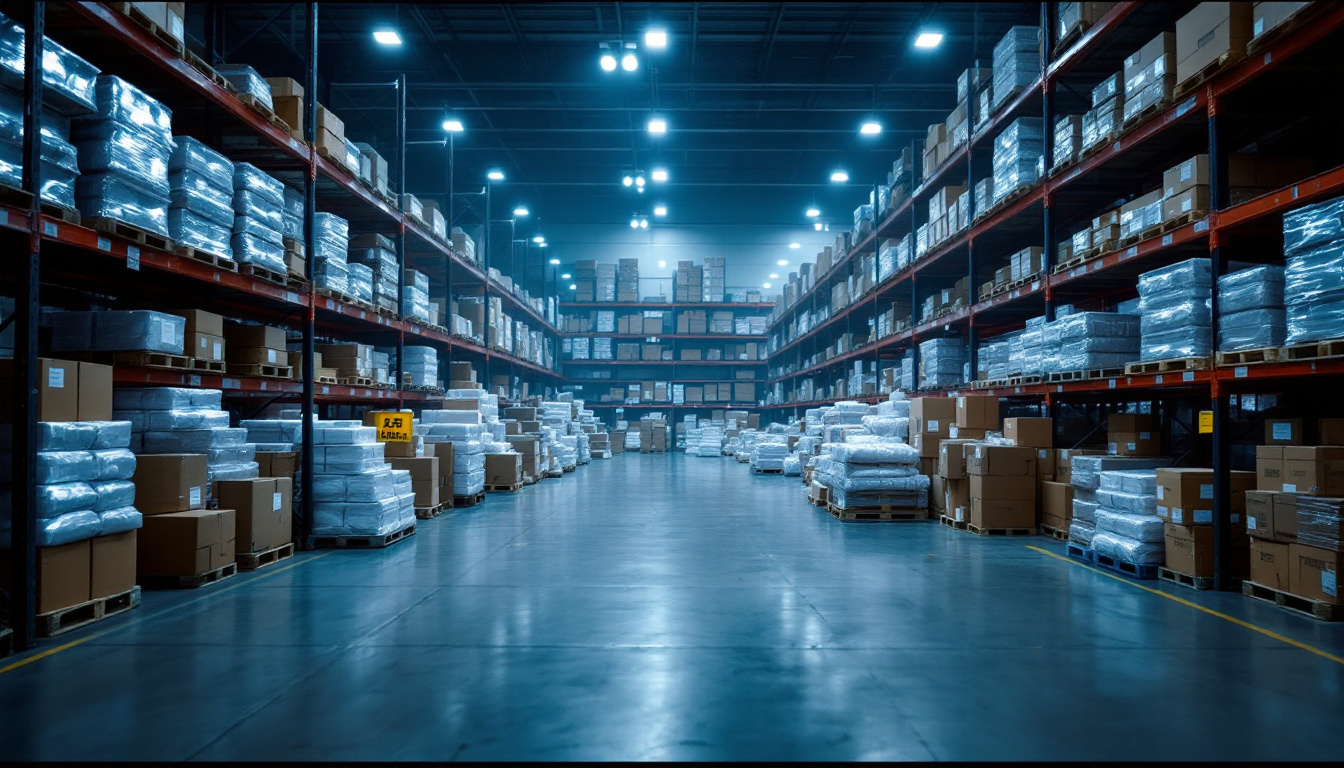
In the ever-evolving world of lighting technology, the debate between fluorescent and LED lighting remains a hot topic among lighting contractors. Both options have their unique advantages and disadvantages, making it essential for professionals in the field to stay informed. This article aims to provide quick tips that can help lighting contractors make informed decisions when choosing between fluorescent and LED lighting solutions.
Fluorescent lighting has been a staple in commercial and residential spaces for decades. Known for its efficiency and cost-effectiveness, it remains a popular choice for many applications. The technology behind fluorescent lighting involves exciting mercury vapor, which produces ultraviolet light that then causes a phosphor coating inside the bulb to glow. This process not only maximizes light output but also minimizes energy consumption, making it a favored option for those looking to reduce their carbon footprint.
One of the primary benefits of fluorescent lighting is its energy efficiency. Fluorescent bulbs consume less energy than incandescent bulbs, leading to lower electricity bills. They also have a longer lifespan, typically lasting around 7,000 to 15,000 hours, which reduces the frequency of replacements. This longevity is particularly beneficial in commercial settings where frequent bulb changes can disrupt operations and incur additional labor costs.
Fluorescent lights are available in various color temperatures, allowing lighting contractors to choose the right ambiance for different environments. From the cool, bright white of daylight bulbs to the warmer tones that create a cozy atmosphere, the versatility of fluorescent lighting makes it suitable for everything from office spaces to retail stores. Additionally, they provide a broad spectrum of light, making them suitable for tasks requiring good visibility. This quality is especially important in settings like hospitals and schools, where clear and consistent lighting is essential for safety and productivity.
Despite their advantages, fluorescent lights have some downsides. One significant concern is the presence of mercury, which poses environmental hazards if not disposed of properly. This necessitates careful handling and recycling practices to prevent contamination. Furthermore, fluorescent lights can flicker and take time to warm up, which can be a drawback in settings where instant illumination is necessary. This delay can be particularly frustrating in high-traffic areas or during emergency situations where immediate lighting is crucial.
Another issue is the color rendering index (CRI) of fluorescent lights, which is generally lower than that of LEDs. This can affect how colors appear under fluorescent lighting, making it less ideal for applications where color accuracy is crucial. For instance, in art studios or design environments, the subtle differences in color can be lost, leading to misinterpretations of hues and shades. Additionally, the harshness of some fluorescent lights can lead to eye strain over prolonged exposure, prompting many to seek alternative lighting solutions that offer a more comfortable visual experience.
LED (Light Emitting Diode) technology has rapidly gained popularity in recent years, thanks to its numerous advantages over traditional lighting solutions. Understanding the benefits and considerations of LED lighting is essential for lighting contractors.
LED lights are known for their exceptional energy efficiency, consuming up to 80% less energy than incandescent bulbs. This efficiency translates into significant cost savings over time, making LEDs an attractive option for both commercial and residential clients. Furthermore, as energy costs continue to rise, the financial incentive to switch to LED lighting becomes even more compelling, encouraging a shift towards sustainable practices.
Another advantage of LED lighting is its longevity. LED bulbs can last anywhere from 15,000 to 50,000 hours, drastically reducing maintenance costs and the need for frequent replacements. This longevity is particularly beneficial in hard-to-reach areas where changing bulbs can be inconvenient and costly. In addition, the durability of LEDs means they are less prone to breakage compared to traditional bulbs, which is an important consideration for environments that require robust lighting solutions, such as industrial settings or outdoor applications.
While LEDs offer numerous benefits, they also come with some challenges. One common issue is the initial cost, which can be higher than that of fluorescent lighting. However, this cost is often offset by the long-term savings in energy and maintenance. It is also worth noting that many governments and utility companies offer rebates and incentives for switching to LED lighting, which can help mitigate the upfront investment.
Additionally, LED lights can generate heat, which may require careful consideration in certain applications. Proper heat management is essential to ensure the longevity and performance of LED fixtures. This is particularly relevant in enclosed fixtures or in environments with limited airflow, where overheating can lead to reduced efficiency and lifespan. Moreover, the quality of light emitted by LEDs can vary significantly; some lower-quality options may produce a harsh light that can be unappealing in residential settings. Therefore, selecting high-quality LED products that offer a pleasant color temperature and good color rendering index (CRI) is crucial for achieving the desired aesthetic in any space.
When it comes to performance, both fluorescent and LED lighting have distinct characteristics that can influence a contractor’s choice. Understanding these differences can help in making informed decisions for specific projects.
Energy efficiency is a critical factor for many clients, especially those looking to reduce their carbon footprint. LEDs outperform fluorescent lights in this category, consuming significantly less energy for the same amount of light output. This efficiency not only benefits the environment but also leads to substantial cost savings on electricity bills.
light quality is another important consideration. LED lights typically offer a higher CRI, which means they render colors more accurately compared to fluorescent lights. This is particularly vital in settings like art galleries, retail spaces, and design studios, where true color representation is essential.
Moreover, LEDs provide instant illumination without flickering, making them ideal for environments where immediate light is necessary, such as in offices or warehouses.
Installation practices can vary significantly between fluorescent and LED lighting, and understanding these differences is crucial for lighting contractors.
One of the primary considerations during installation is fixture compatibility. Many existing fluorescent fixtures can be retrofitted to accommodate LED bulbs, offering a cost-effective way to upgrade lighting systems. However, it is essential to ensure that the LED replacements are compatible with the existing ballast or to replace the ballast with an LED-compatible option.
Proper heat management is vital when installing LED fixtures. Unlike fluorescent lights, which operate at cooler temperatures, LEDs can generate heat that may affect their performance and lifespan. Ensuring adequate ventilation and using fixtures designed for heat dissipation can help mitigate this issue.
Cost is often a determining factor for clients when choosing between fluorescent and LED lighting. A thorough cost analysis can help contractors present the best options to their clients.
While the initial investment for LED lighting can be higher, it is essential to consider the long-term savings. LEDs have a longer lifespan and lower energy consumption, leading to reduced maintenance and electricity costs over time. Contractors should provide clients with a comprehensive cost analysis that highlights both the upfront costs and the potential savings over the lifespan of the lighting system.
Many utility companies and government programs offer incentives and rebates for upgrading to energy-efficient lighting solutions. Contractors should stay informed about available programs in their area and communicate these options to clients. Taking advantage of these incentives can significantly reduce the overall cost of transitioning to LED lighting.
As sustainability becomes increasingly important, the environmental impact of lighting choices is a critical consideration for contractors and clients alike.
Fluorescent lights contain mercury, which poses environmental hazards if not disposed of properly. This concern has led to stricter regulations regarding the disposal of fluorescent bulbs. Contractors should educate clients on proper disposal methods and the importance of recycling these bulbs to minimize environmental impact.
LED lighting is often regarded as the more environmentally friendly option. With no hazardous materials and a longer lifespan, LEDs contribute to reducing waste and energy consumption. Additionally, their energy efficiency helps lower greenhouse gas emissions, making them a more sustainable choice for lighting solutions.
As technology continues to advance, the lighting industry is poised for exciting developments that can further influence the choice between fluorescent and LED lighting.
The rise of smart lighting solutions is one of the most significant trends in the industry. Smart LED systems allow for remote control, automation, and integration with smart home technology. This capability not only enhances convenience but also promotes energy savings through intelligent lighting management.
Ongoing advancements in LED technology are leading to improvements in efficiency, color rendering, and overall performance. As manufacturers continue to innovate, lighting contractors can expect to see even more options that cater to specific needs and preferences, further solidifying LEDs as the go-to choice for modern lighting solutions.
The choice between fluorescent and LED lighting is a nuanced decision that requires careful consideration of various factors, including energy efficiency, cost, environmental impact, and application suitability. Lighting contractors play a crucial role in guiding clients through this decision-making process.
By understanding the advantages and disadvantages of both lighting options, contractors can provide valuable insights and recommendations tailored to their clients’ needs. As the industry continues to evolve, staying informed about the latest trends and technologies will ensure that lighting contractors remain competitive and provide the best solutions for their clients.
Ultimately, whether opting for fluorescent or LED lighting, the goal should always be to deliver quality, efficiency, and sustainability in every project.
Ready to elevate your lighting game? At LumenWholesale, we provide lighting contractors with the highest quality, spec-grade lighting products at unbeatable wholesale prices. Say goodbye to local distributor markups and hello to a vast selection of reliable, high-performance lighting that meets the most stringent industry standards. With free shipping on bulk orders, you can stock up on premium lighting solutions at the best value — all without hidden fees or compromises. Make the smart choice for your next project and experience the ideal combination of quality, affordability, and convenience. Wholesale Lighting at the Best Value is just a click away.

Discover the transformative potential of solar tree lighting for modern landscapes.

Discover the essentials of semi-flush mount ceiling lights with our comprehensive guide tailored for lighting contractors.

Discover the key factors that distinguish top lighting contractors when it comes to installing 8 ft LED light fixtures.

Discover why purchasing LED wall pack retrofit kits in bulk from local distributors might not be the best choice.